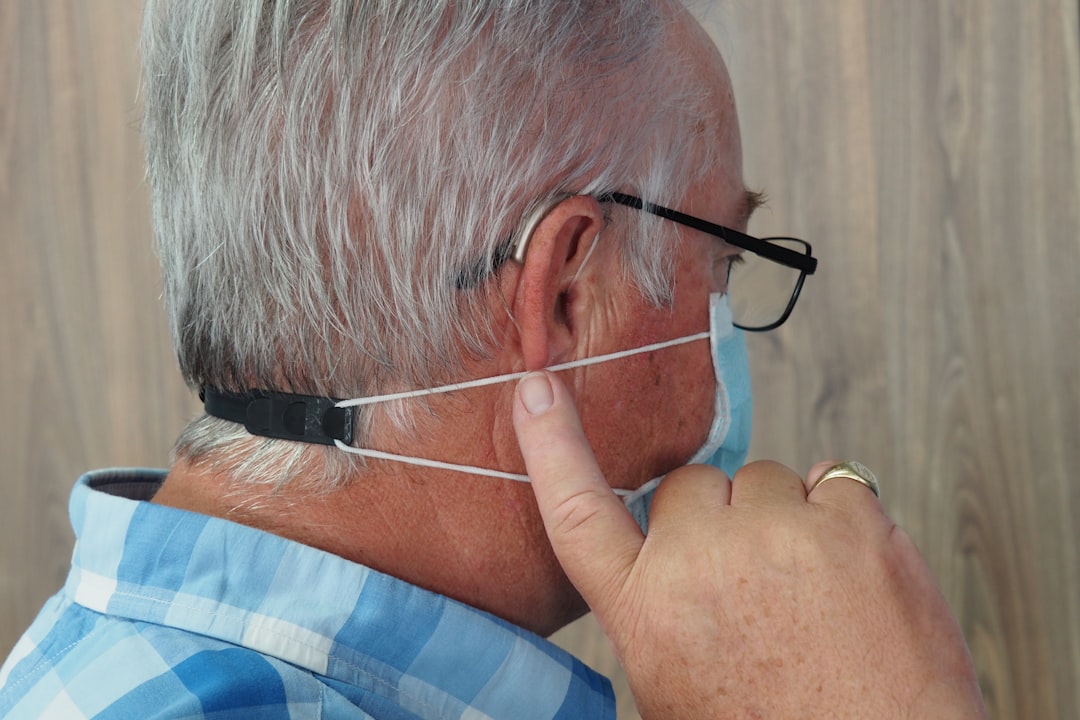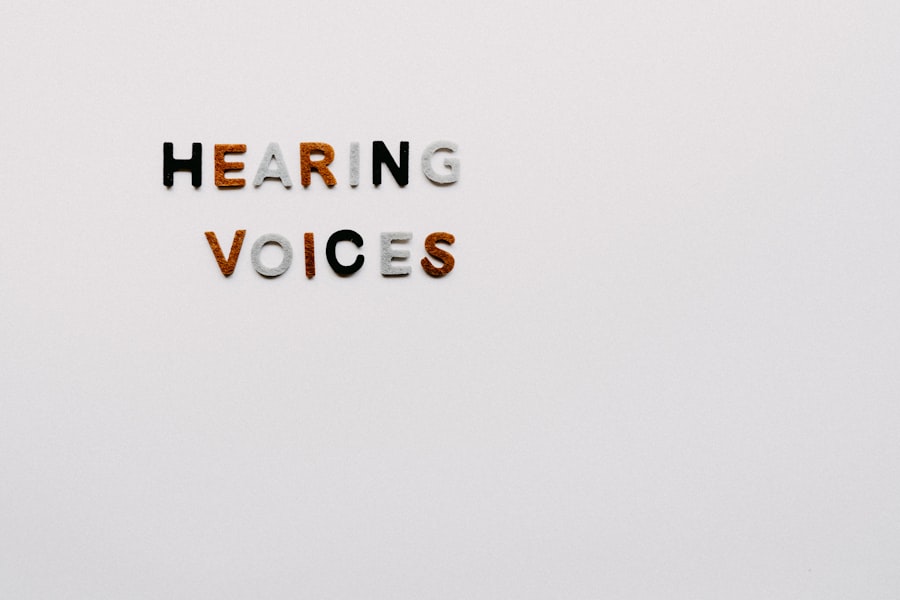
Audiologists are healthcare professionals who specialize in diagnosing, managing, and treating hearing and balance disorders. Their expertise is crucial in a world where auditory and vestibular health significantly impacts quality of life. As the population ages and awareness of hearing health increases, the demand for audiologists continues to grow.
This profession not only requires a deep understanding of the auditory system but also a compassionate approach to patient care, as many individuals face emotional and psychological challenges related to hearing loss. The role of an audiologist extends beyond mere diagnosis; they are integral in developing treatment plans that may include hearing aids, cochlear implants, and various rehabilitation strategies. Audiologists work closely with patients of all ages, from newborns undergoing hearing screenings to elderly individuals seeking solutions for age-related hearing loss.
This diversity in patient demographics makes the field dynamic and rewarding, as audiologists can witness firsthand the profound impact their interventions have on improving communication and overall well-being.
Key Takeaways
- Audiologists play a crucial role in diagnosing and treating hearing and balance disorders, and they work with patients of all ages.
- To become an audiologist, a doctoral degree in audiology (Au.D.) is required, along with a state license and certification from the American Board of Audiology.
- Audiologists conduct hearing and balance assessments, provide hearing aids and assistive devices, and offer counseling and rehabilitation services to patients.
- Audiologists can work in a variety of settings, including hospitals, clinics, schools, and private practices, and may specialize in areas such as pediatric audiology or cochlear implants.
- The median annual salary for audiologists is around ,600, and the job outlook is expected to grow by 16% from 2020 to 2030. Professional organizations like the American Academy of Audiology and the American Speech-Language-Hearing Association offer resources and support for audiologists.
Education and Training Requirements for Audiologists
To become an audiologist, one must complete a Doctor of Audiology (Au.D.) degree, which typically requires four years of graduate education following a bachelor’s degree. The undergraduate degree can be in any field, although many aspiring audiologists choose to study communication sciences and disorders, biology, or psychology. The Au.D. program encompasses both theoretical coursework and practical clinical training, ensuring that graduates are well-prepared for the complexities of audiological practice. In addition to formal education, aspiring audiologists must complete a supervised clinical fellowship, which usually lasts about nine months.
After completing their education and clinical fellowship, candidates must pass the Praxis Examination in Audiology to obtain licensure in their respective states. Continuing education is also essential in this field, as advancements in technology and treatment methodologies require audiologists to stay current with best practices and emerging research.
Job Duties and Responsibilities of Audiologists

Audiologists perform a wide range of duties that encompass both diagnostic and therapeutic aspects of hearing and balance disorders. One of their primary responsibilities is conducting comprehensive hearing assessments using various techniques, including pure-tone audiometry, speech audiometry, and tympanometry. These assessments help audiologists determine the type and degree of hearing loss, which is essential for developing appropriate treatment plans.
In addition to diagnostics, audiologists are responsible for fitting and dispensing hearing aids and other assistive listening devices. This process involves not only selecting the right device based on the patient’s specific needs but also providing thorough counseling on how to use and maintain the equipment. Furthermore, audiologists often engage in auditory rehabilitation, which may include auditory training exercises or counseling to help patients adjust to their hearing loss.
They also play a vital role in educating patients and their families about hearing health, prevention strategies, and the importance of regular hearing evaluations.
Work Settings for Audiologists
| Work Setting | Percentage |
|---|---|
| Hospitals | 25% |
| Private practice | 20% |
| Schools | 15% |
| Physician’s offices | 10% |
| Government | 10% |
| Others | 20% |
Audiologists work in a variety of settings that reflect the diverse needs of their patient populations.
In these environments, they may work alongside otolaryngologists (ear, nose, and throat specialists) to diagnose and treat conditions that affect hearing and balance.
Other common work settings include private practices, schools, and rehabilitation centers. In private practice, audiologists often have more autonomy in managing their patient caseloads and can develop long-term relationships with clients. In educational settings, they may work with children who have hearing impairments, providing support to help them succeed academically and socially.
Rehabilitation centers focus on helping individuals recover from auditory-related injuries or surgeries, emphasizing the importance of rehabilitation in restoring function and improving quality of life.
Salary and Job Outlook for Audiologists
The salary for audiologists can vary significantly based on factors such as geographic location, level of experience, and work setting. According to the U.S. Bureau of Labor Statistics (BLS), the median annual wage for audiologists was approximately $81,000 as of May 2022.
Those working in outpatient care centers tend to earn higher salaries compared to those employed in educational services or government positions. Additionally, audiologists with specialized skills or certifications may command higher wages due to their expertise. The job outlook for audiologists is promising, with the BLS projecting a growth rate of 16% from 2021 to 2031—much faster than the average for all occupations.
This growth is driven by an aging population that increasingly requires hearing healthcare services as well as advancements in technology that improve access to audiological care. As awareness of hearing health continues to rise, more individuals are seeking help for their hearing issues, further contributing to the demand for qualified audiologists.
Professional Organizations and Resources for Audiologists

ASHA: A Leading Advocate for Audiologists
The American Speech-Language-Hearing Association (ASHA) is one of the most prominent organizations representing audiologists and speech-language pathologists. ASHA offers a range of benefits, including continuing education opportunities, professional development resources, and advocacy efforts aimed at promoting the interests of its members.
AAA: Advancing the Profession of Audiology
The American Academy of Audiology (AAA) is another key organization that focuses specifically on advancing the profession of audiology through education, research, and advocacy. AAA hosts annual conferences that bring together audiology professionals from around the country to share knowledge and best practices.
Staying Informed with Research Publications
Additionally, the Academy provides access to a wealth of research publications that keep audiologists informed about the latest developments in the field.
Challenges and Rewards of a Career as an Audiologist
While a career as an audiologist can be incredibly rewarding, it is not without its challenges. One significant challenge is the emotional toll that comes with working with patients who may be experiencing significant life changes due to hearing loss. Audiologists often encounter individuals who feel isolated or frustrated by their inability to communicate effectively.
Providing support while navigating these emotional landscapes requires not only clinical skills but also empathy and patience. On the other hand, the rewards of being an audiologist are profound. Many professionals find immense satisfaction in helping patients regain their ability to hear and communicate with loved ones.
The joy expressed by a patient who can finally enjoy conversations or hear their grandchildren’s laughter is a powerful motivator for many in this field. Additionally, the continuous advancements in technology offer audiologists opportunities to innovate their practice and improve patient outcomes further.
Steps to Pursue a Career as an Audiologist in the USA
For those interested in pursuing a career as an audiologist in the United States, several steps must be taken to achieve this goal. The first step is obtaining a bachelor’s degree from an accredited institution; while there is no specific major required, courses in communication sciences or related fields can provide a solid foundation for future studies. Following the completion of an undergraduate degree, prospective students must apply to an accredited Doctor of Audiology program.
Admission typically requires submitting transcripts, letters of recommendation, and standardized test scores (such as the GRE). Once enrolled in an Au.D. program, students will engage in rigorous coursework covering topics such as anatomy of the auditory system, diagnostic techniques, and treatment methodologies.
After earning their Au.D., graduates must complete a clinical fellowship before obtaining licensure in their state. This process often involves passing a national examination administered by the Educational Testing Service (ETS). Finally, aspiring audiologists should consider joining professional organizations like ASHA or AAA to access resources that will support their ongoing professional development throughout their careers.
In summary, pursuing a career as an audiologist involves a commitment to education and training but offers numerous opportunities for personal fulfillment and professional growth within a vital healthcare field dedicated to improving lives through better hearing health.
If you are interested in learning more about careers in the USA, specifically in the field of audiology, you may want to check out the article “Audiologists: What They Do and How to Become One” on Careers in the USA. This article provides valuable information on the responsibilities of audiologists and the steps required to pursue a career in this rewarding field. For more resources and insights on various careers in the USA, visit Careers in the USA.
FAQs
What is an audiologist?
An audiologist is a healthcare professional who specializes in diagnosing, treating, and managing individuals with hearing and balance disorders. They work to assess and treat hearing loss and related disorders.
What are the educational requirements to become an audiologist in the USA?
In the USA, audiologists are required to have a doctoral degree in audiology (Au.D.) from an accredited program. This typically involves completing a four-year undergraduate degree followed by a four-year doctoral program.
What are the job responsibilities of an audiologist?
Audiologists are responsible for assessing and diagnosing hearing and balance disorders, providing treatment and rehabilitation services, fitting and dispensing hearing aids, and counseling individuals and their families on hearing healthcare.
Where do audiologists work?
Audiologists can work in a variety of settings including hospitals, clinics, private practices, schools, and research facilities. They may also work in collaboration with other healthcare professionals such as otolaryngologists and speech-language pathologists.
What is the job outlook for audiologists in the USA?
According to the U.S. Bureau of Labor Statistics, the employment of audiologists is projected to grow 16 percent from 2020 to 2030, much faster than the average for all occupations. This growth is expected due to an aging population and increased awareness of the importance of early detection and intervention for hearing disorders.



